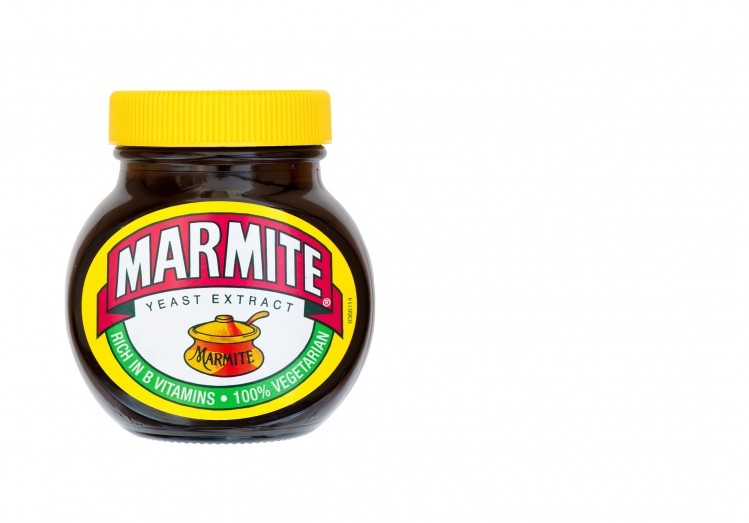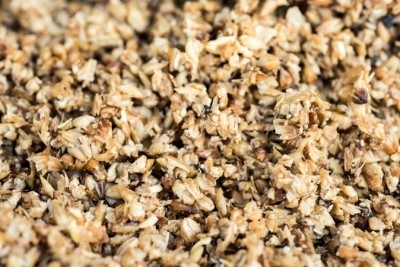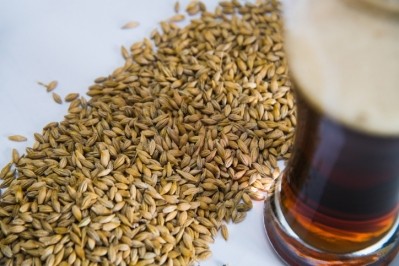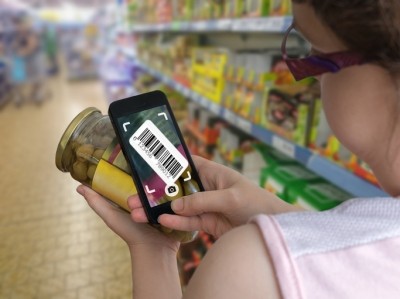Food waste upcycling ‘ripe for innovation’: report

With the food and beverage industry under pressure to reduce food waste during production and processing, upcycling food waste into ingredients or products for human consumption could become standard practice according to food and beverage experts at Oakland Innovation, a technology consultancy specialising in R&D.
With a third of food produced globally each year - 1.3 billion tonnes – currently wasted, according to the UN, there is a clear, ethical need to address the issue, its report said. What’s more, there are also commercial benefits: food waste is a hidden cost that harms profitability and inflates consumer prices, while there has also been a surge of venture capital interest in start-ups focused on new technologies for, and approaches to, food waste.
Upcycling food waste is one strategy that can be used to address the food waste challenge. In it, waste streams are converted into new consumer products or ingredients for human consumption.
Examples abound. Excluding the most famous – Marmite – these are typically led by hungry, nimble and inventive start-ups. US company ReGrained sources grain left after the beer brewing process through a network of breweries to produce a range of bars and puffs. Dutch company PeelPioneers takes orange peel and converts it into ingredients such as dietary fibre, antioxidants and orange oil.
Traditionally, though, technical challenges and costs have been a barrier to upcycling food waste in many circumstances. But this is set to change, said Oakland, via increased partnerships between organisations from different sub-sectors or with different skillsets pooling their expertise and resources.
Collaboration key
The group expects a new era of collaboration to create new opportunities for both large and small food and beverage organisations.
The recent collaboration between Kellogg and Seven Bro7hers to create three limited edition beers from waste generated in the manufacture of popular cereals, illustrates the potential for different sub-sectors to jointly tackle food waste with outcomes that generate commercial benefits and positive brand recognition, the Oakland report observed.
Technical collaboration can also deliver excellent outcomes, it said. It noted the work of upcycled ingredient specialist, Renewal Mill. The US company’s equipment is placed in the facilities of plant-based milk companies where it harvests by-products, such as okara (soybean pulp). These leftover solids are dried and milled without using any synthetic processing techniques or unnatural fortification. The end-product is a nutritious gluten-free flour suitable for cooking and baking. Renewal Mill also processes oat and almond pulp and has successfully experimented with carrot and vanilla bean pulp towards its goal to craft the ‘upcycled ingredient platform of tomorrow’.
Many food and beverage organisations also have corporate, category or brand-level targets on waste reduction. Kraft Heinz aims to achieve a 15% reduction in solid waste sent to landfill and focuses on growing and manufacturing in its efforts to reduce waste, for instance using precision watering to minimise irrigation waste.
Unilever has a dedicated programme focused on the reduction of food waste. One initiative involves using the leftover liquid, aquafaba, from an open can of chickpeas. Aquafaba is the ‘secret sauce’ in the vegan mayonnaise made by condiment firm Sir Kensington’s (acquired by Unilever in 2017).
Nestle is also aiming to halve food waste by 2030. Part of this involves working with smallholders to reduce food waste and loss at the local level in the supply chain.
David Nightingale, Principal Consultant, Foods & Beverages at Oakland, said a spirit of collaboration could help deliver a successful upcycled product via specialist skills and technical capabilities.
“There are so many factors to balance with an upcycled food waste product,” he said. “From a sustainability point of view, you need to be sure that upcycling represents a better use of resources than other options, such as diverting the waste for animal feed or biogas production. It also needs to be financially viable.
“And naturally, the end product must satisfy food safety legislation and have sensory qualities that appeal to consumers. Any initiatives in this space need to be carefully considered at the outset, then expert input is necessary throughout the product development journey.”

























